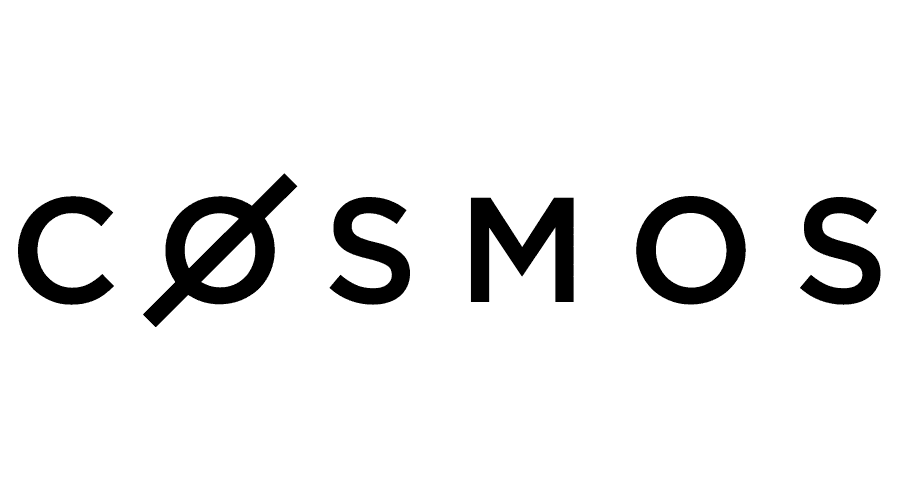Cosmos: A Protocol for an Open Network of Distributed Ledgers
Cosmos is a network of independent parallel blockchains that are powered by classical BFT consensus algorithms like Tendermint. It aims to solve various challenges faced by the blockchain space, including application interoperability, scalability and seamless upgradability.

Introduction
Cosmos is a network of independent parallel blockchains that are powered by classical BFT consensus algorithms like Tendermint. It aims to solve various challenges faced by the blockchain space, including application interoperability, scalability and seamless upgradability. In this article, we will explore the technical aspects of Cosmos and how it can serve as a new foundation for future financial systems.
Architecture
The Cosmos network consists of multiple independent blockchains called "zones", each powered by Tendermint Core. Tendermint Core provides a high-performance, consistent and secure PBFT-like consensus engine, ensuring strict fork-accountability guarantees against malicious actors. This makes it ideal for scaling public proof-of-stake blockchains.
The first blockchain in the Cosmos network is known as the Cosmos Hub. It acts as a multi-asset proof-of-stake cryptocurrency with a simple governance mechanism that enables network adaptation and upgrades. The Cosmos Hub can also be extended by connecting other zones, creating a network of interconnected blockchains.
Inter-Blockchain Communication (IBC)
The hub and zones of the Cosmos network communicate with each other through an inter-blockchain communication (IBC) protocol. IBC can be thought of as a virtual UDP or TCP for blockchains. It allows for secure and fast transfer of tokens from one zone to another without the need for a liquid exchange between zones. All inter-zone coin transfers go through the Cosmos Hub, which tracks the total number of tokens in each connected zone.
Tokenomics
The native token of the Cosmos Hub is called "atom". Atoms are the only staking token of the Cosmos Hub and serve multiple purposes. Holders of atoms have the ability to vote, validate, or delegate to other validators. Similar to Ethereum's ether, atoms can also be used to pay for transaction fees, mitigating spam on the network.
In addition, validators and delegators who delegate to validators are rewarded with inflationary atoms and block transaction fees. This incentivises active participation and security in the Cosmos network.
Extensibility and Interoperability
Cosmos is designed to be highly extensible and interoperable. It allows for the connection of various blockchain systems, such as Bitcoind, Go-Ethereum, CryptoNote and ZCash, to the Cosmos Hub as separate zones. This enables Cosmos to scale infinitely to meet global transaction demand. Furthermore, the network supports a distributed exchange, facilitating seamless token transfers between zones.
Conclusion
Cosmos is not just a single distributed ledger, but a protocol for an open network of distributed ledgers. It provides a foundation for future financial systems based on principles of cryptography, sound economics, consensus theory, transparency and accountability. With its innovative architecture, inter-blockchain communication protocol and extensibility, Cosmos aims to address the limitations of current blockchain technology and unlock new possibilities for decentralised applications and global financial networks.
Note: This article is for informational purposes only and should not be considered as financial advice. Always do your own research and consult with a qualified financial advisor before making any investment decisions.



